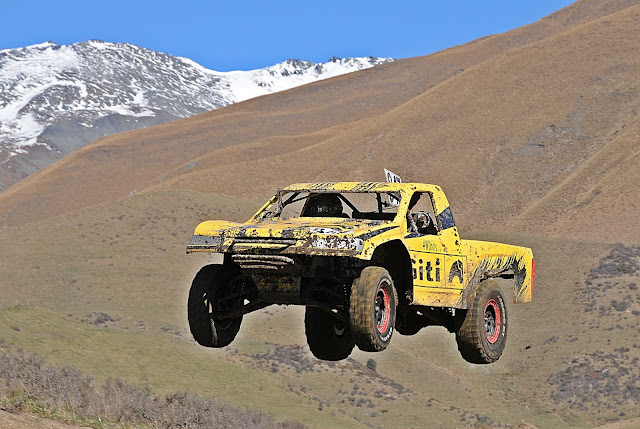Toyota Racing Series sets the records
It’s quite a to-do finding accurate lap record information for Toyota Racing Series at New Zealand’s premier circuits. A simple question to The Google is not enough, you have to dig. Circuit websites, Wikipedia, driverdb.com, category websites – we aren’t good at recording our history. In the case of TRS, I have used the data on the website itself.
Highlands Motorsport Park
In the FT40s, Jann Mardenborough set the record on the only previous visit by TRS: a 1:30.8 in a year when the drivers spent a lot of time skating down the front straight in cars sans wheels and tyres and suspension components. That pit wall eh!
In the 2019 year Liam Lawson set the FT50 mark: 1:28.910 on a dry and cool track.
Teretonga
Lucas Auer, racing in the FT40s in 2013, set fastest time of 54.28 seconds. In 2015 the mark was set by Lance Stroll in an FT50: 53.109. Almost a second faster. With only one wet and windy race in which to set a record in 2019, nobody came close.
Hampton Downs
Andrew Tang and Martin Rump tied for fastest FT40 lap, both recording 1:00.816 in 2014.
It took until 2017 for that mark to be beaten by an FT50. Enaam Ahmed took it down under the minute with 59.636 seconds in January 2017.
Taupo
The FT40 race lap record was set by British driver Jordan King in 2012: 1:24.444 seconds.
In 2015 Brandon Maisano set the fastest-ever TRS lap of the 3.5 km ‘international’ circuit at Taupo as the new cars made their debut: 59:119 in a qualifying session. He was not able to replicate that pace in a race. Maisano was here as ‘wing man’ to Lance Stroll, who won the championship and has of course gone on to F3 and now F1.
Leave it a year and the record is set by Jehan Daruvala with a 1:23.357 second lap, February 2016
Manfeild
New Zealand Grand Prix weekend. The circuit is 3.033 km, seven turns to glory. On his way to the 2014 title, Singaporean Andrew Tang set the FT40 lap record 1:03.276.
Brandon Maisano pops up again here, posting the best race lap and new FT50 record of FT-50 1:02.653. So the Manfeild race lap record stands from 2015 until present.
The records will stand
Because the FT40 is no longer in use in New Zealand racing, all the FT40 records will stand in perpetuity. With the FT50 now superseded by the FT60 ‘halo’ car its records will also become permanent.
Only two categories have been consistently faster than TRS in New Zealand – the mighty F5000s and at Taupo the A1GP cars.
The 2019 FT50 – cooler, easier to launch
Modifications to the FT50 –like the FT40 before it – have been evolutionary, and are hard to follow through any kind of timeline.
The ride height change has contributed measurably to the longevity of tubs and suspension components and the rear diffuser. Raising the ride height has also meant the lap times got longer.
In 2019, the bottom three ratios in the Sadev transaxle have been altered and scuttlebutt down pit lane was that this delivered a car that was much easier to get off the line. That’s easier on the clutches, easier on the transmissions too.
Modifications around the engine cover improved airflow, helping overheated air exit the car and hopefully minimising a repeat of the 2018 Grand Prix where the cars were held slow on a safety car restart and several went into ‘safe’ mode.
The engine was the carry-through from FT40 to FT50. Used in the last Celica and one iteration of the Corolla, the 1.8-litre 2ZZGE hasn’t been a high volume product for Toyota but it has adapted spectacularly well to motor racing.
It sports a custom-designed composite intake plenum and manifold and for the FT50 a new cast cradle that fits over the top of the engine, completing the ‘box’ that creates a fully stressed ‘member’ of the drive-train.
Dyno-checked on each rebuild, the quality of the engine is such that outputs are plus or minus 1-1.5 horsepower across the 20-plus engines build each year.
A production-based engine that produces F3-style levels of power and torque, handles the punishment meted out by five weeks and 3,000 high speed kilometres of practice, qualifying and racing and bounces back with a post season strip and check and basic freshen is a credit to its builder and to the source manufacturer.




Comments
Post a Comment